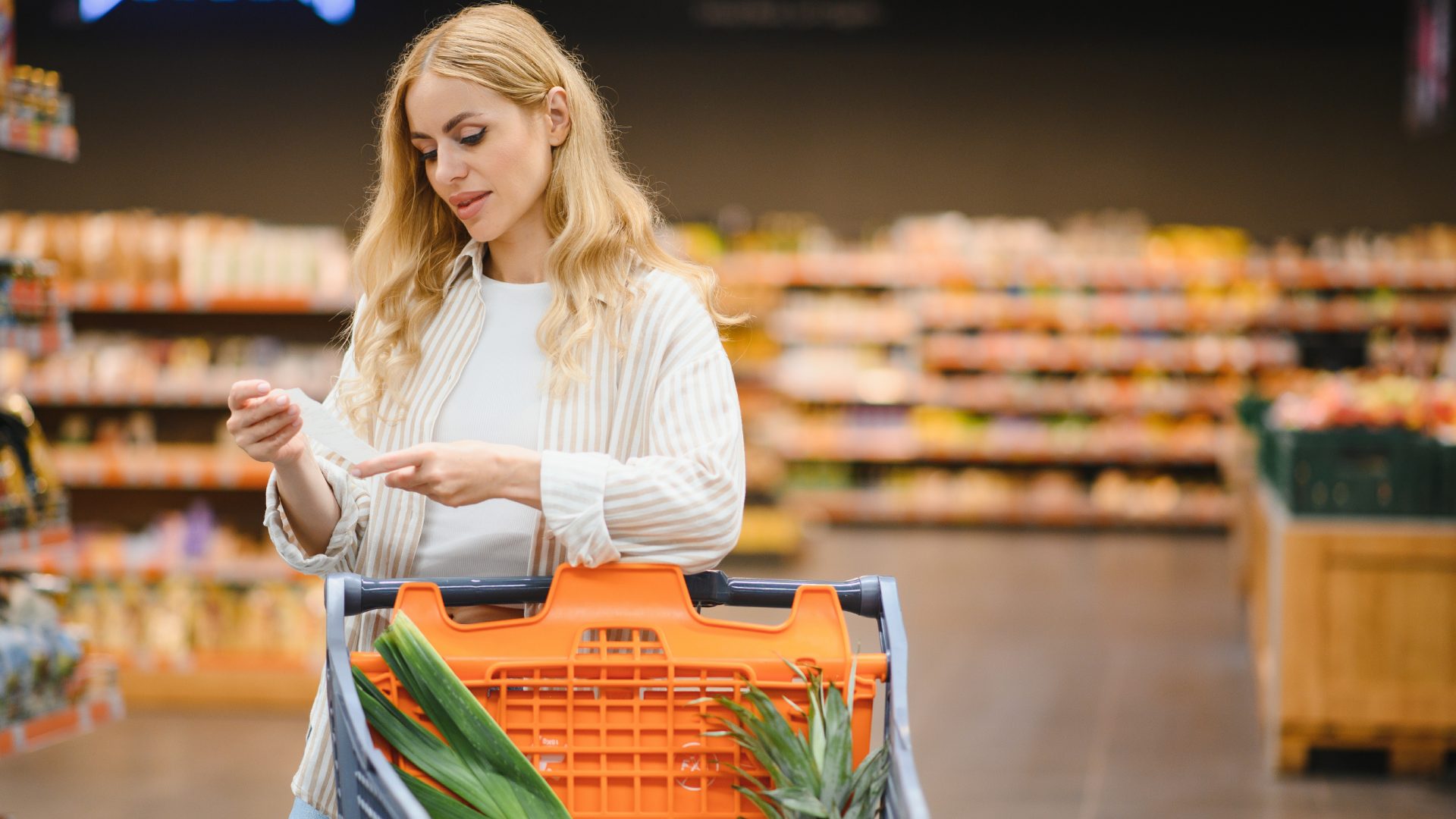Consumers resuming active lifestyles are still maintaining at-home habits, according to a new IRI report highlighting key trends and growth opportunities for CPG manufacturers and retailers.
In April, food and beverage sales for at-home consumption were up 16% compared to April 2019. But while CPG demand remains elevated, IRI anticipates that patterns will shift in the second half of 2021.
Pandemic Sticky Points
Consumers have become more comfortable shopping in stores. However, IRI data shows that many shoppers will continue to use online services and drive omnichannel sales.
Demand for specific CPG categories remains outside the norm. While the highly elevated consumption of frozen foods and baking ingredients is reverting, it still hovers above average, according to IRI.
Consumers also continue to buy premium products. However, as national brands raise prices in the second half of 2021, store brands — which lagged earlier in the year —are likely to gain share.
Inflation Outlook
Price increases have begun to manifest in some categories, with rising costs expected to flow through the remainder of 2021.
IRI estimates that many CPGs are planning scenarios of up to 5% shelf price increases. This could lead up to a 7-10% growth in price/mix year over year.
As price increases advance, manufacturers and retailers can utilize granular revenue management strategies, such as net price realization, incremental promotions, and price-pack-channel range architecture, to drive profitable growth.
Key Implications
In the coming months, IRI suggests that CPG retailers and manufacturers remain agile and prioritize several key considerations to remain competitive. These include:
Consumers
- Leverage customer data through all available channels to anticipate demand.
- Target products and services via omnichannel user segmentation.
- Build unique experiences in-store and online to encourage discovery and impulse purchases.
Pricing & Promotions
- Understand and assess the potential evolution of channel and consumer price-pack opportunities, particularly with e-commerce versus in-store.
- Understand the effects of specific shopper segments and tailor strategies to drive penetration and incremental revenue.
Assortment & Innovation
- Build brand trust and use advanced analytics and algorithms from historical purchases to determine which consumer preferences are must-haves.
- Work with retailers that are simplifying the shelf set to ensure optimal product placement.
Marketing
- Invest in digital and social media that continue to maintain strong ROIs and retailer media that aligns with brand objectives.
- Build baskets for holidays and events, in partnership with retailers, to cater to store-and omnichannel shoppers.











